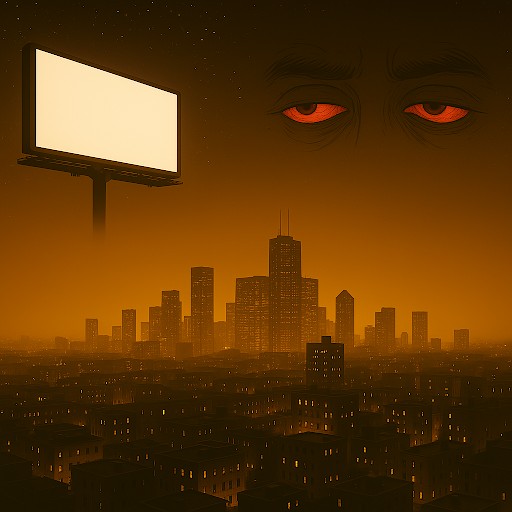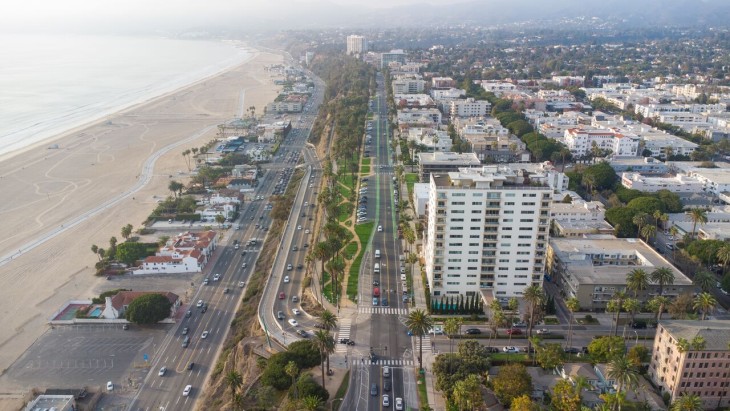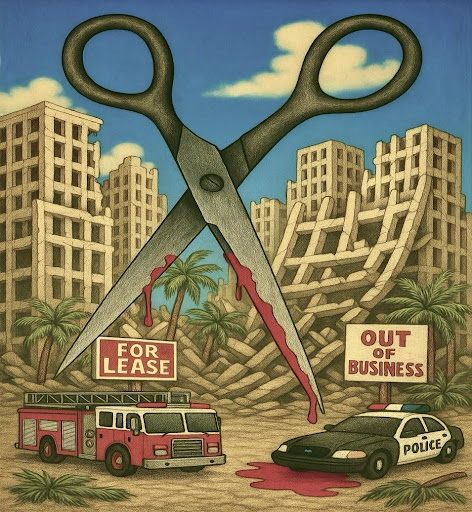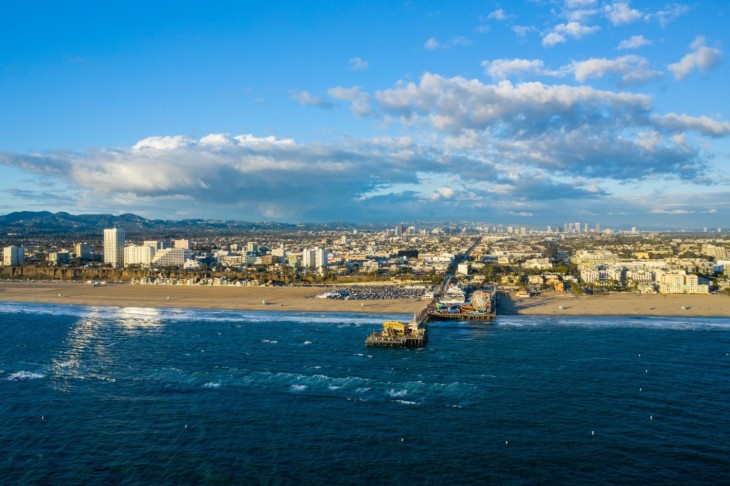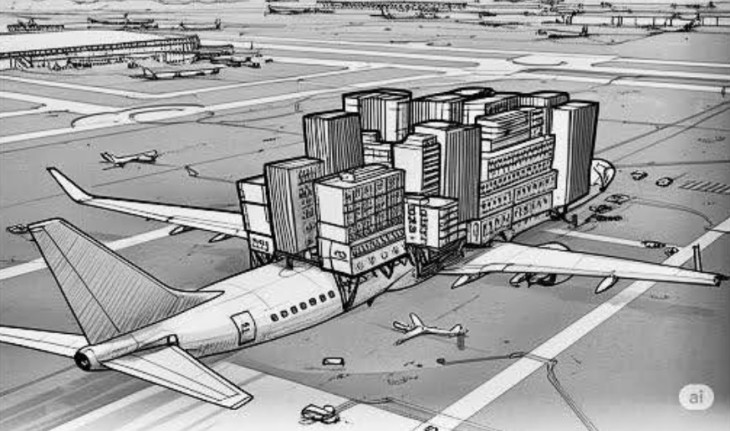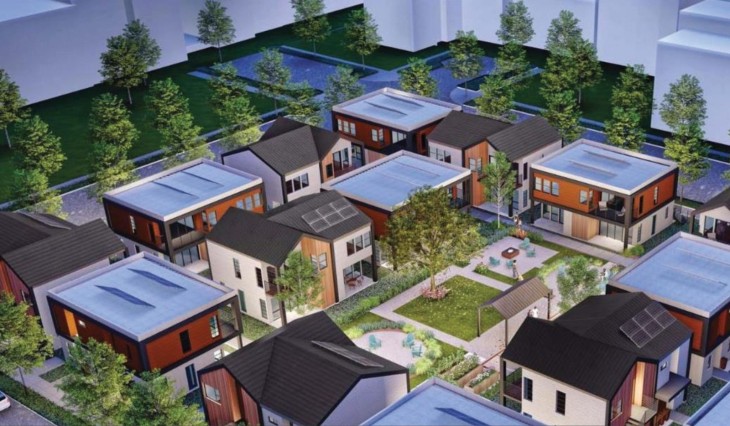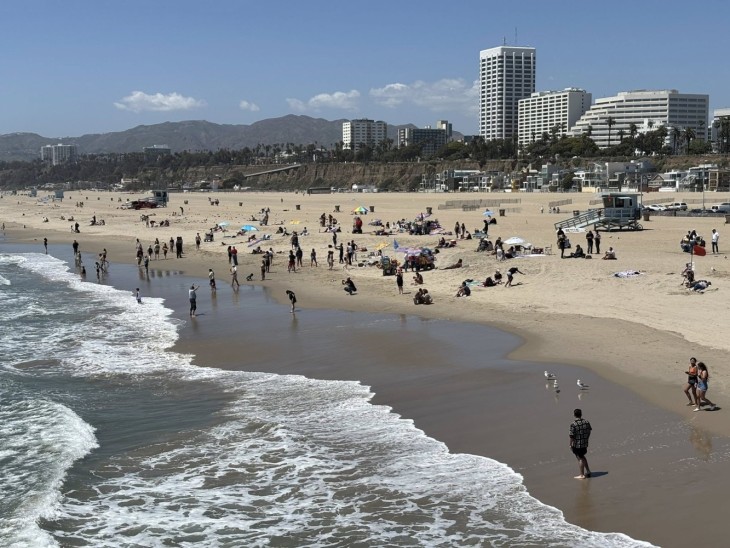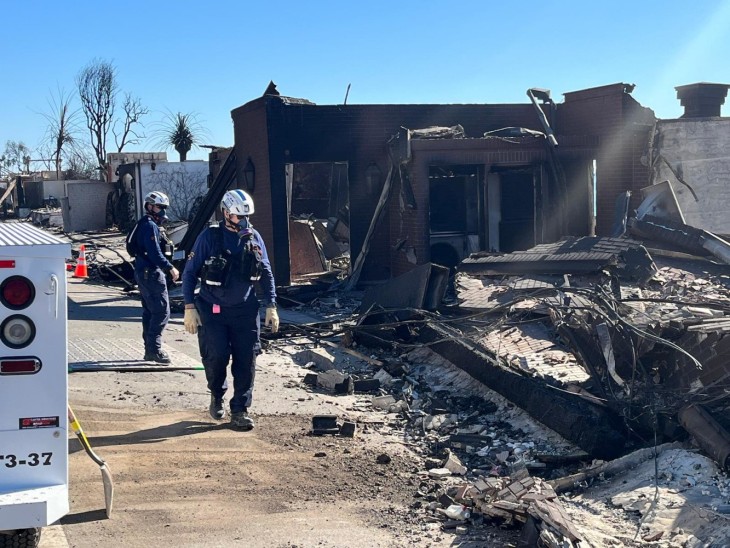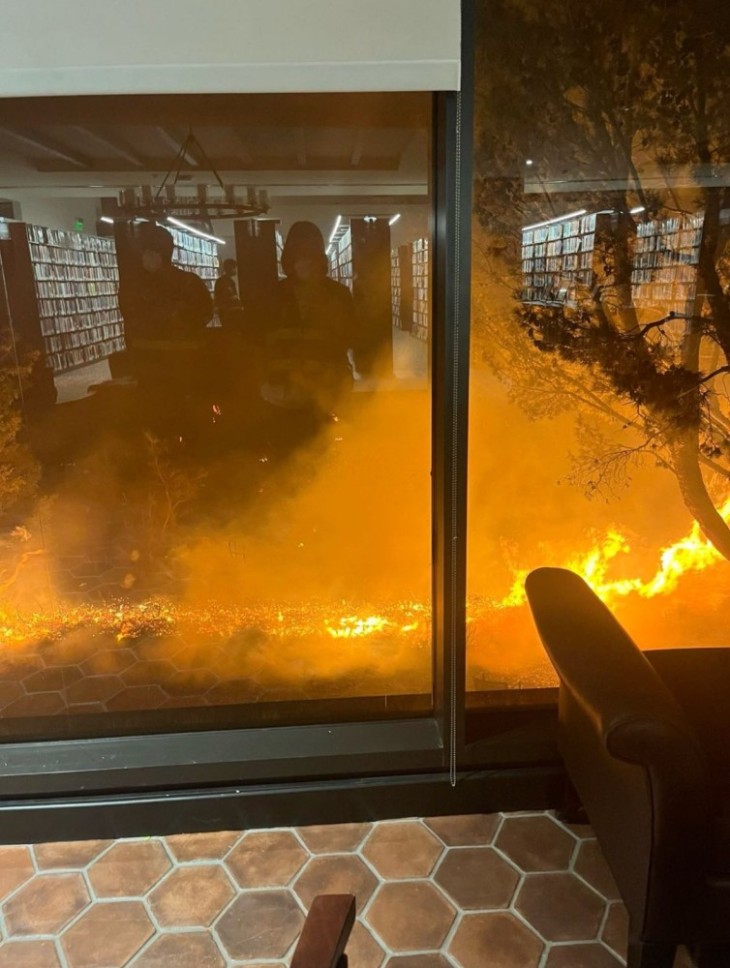The more time goes by since last fall’s passage of the high-minded Proposition 47, the more it begins to look like a well-intentioned mistake.
This was the ballot measure that turned some “minor” felonies into misdemeanor crimes, thus easing the crowding in state prisons and many county jails. It has unquestionably helped some ex-felons rebuild their lives.
But as crime statistics for the first half of this year pour in from around the state, this measure looks worse and worse, on balance. The numbers are bearing out warnings Proposition 47 opponents made in their official ballot argument against the initiative before it passed by a whopping 60-40 percent margin.
“Proposition 47 is a dangerous…package of ill-conceived policies wrapped in a poorly drafted initiative which will endanger all Californians, said opponents, led by Citrus Heights Police Chief Christopher Boyd, president of the California Police Chiefs Assn.
Here’s a bit of what’s happened since passage: In San Francisco, car burglaries are up 47 percent this year over 2014, while car thefts have risen 17 percent and robberies rose by 23 percent. In Los Angeles, overall crime is up 12.7 percent this year and violent crime rose almost 21 percent. That’s after 12 straight years of crime decreases in the state’s largest city.
Some saw Proposition 47 as a mere expansion on Gov. Jerry Brown’s prison “realignment” program, designed to reduce prison populations at the demand of federal judges up to the level of the U.S. Supreme Court. Convicts on a de facto basis were already seeing sentences reduced or being shifted from tougher state prisons to county jails. Many lesser offenders who might previously have gotten at least some jail time were going free on probation. Prior to Proposition 47, this had cut the prison population by almost one-fifth, while not causing crime rate increases in most places.
But the initiative does much more than mere realignment, switching many crimes from the felony category to misdemeanors. This includes most drug possession arrests, petty thefts, forged checks and receiving stolen property, with property crimes having to exceed $950 to be a felony. One result: Myriad drug addicts have adjusted their practices, trying to hold their take from “minor” crimes under that amount. Because of crowding in local jails, it’s common for misdemeanor offenders to be turned loose soon after their convictions.
Proposition 47 supporters also touted the fact their measure allows all those crimes to be treated as felonies if the accused has previous convictions for rape, murder or child molestation or is a registered sex offender.
Not enough, said the opponents, noting that persons with prior convictions for armed robbery, carjacking, child abuse, assault with a deadly weapon and other serious crimes would still be allowed misdemeanor status for new non-violent offenses. They pointed out that thousands of convicts who stood to be released because their crimes would be converted into misdemeanors have prior records of violent crimes not listed among the most dangerous.
At the same time, many convict firefighters (about 40 percent of crews battling major fires in California are convicts) have been released because of reductions in the category of their crimes.
Prison-provided fire crews nevertheless retained the same manpower as last year during the early blazes of this wildfire season. No one yet knows if in-prison recruiting of some new firefighters will produce the same quality of work (several fires this summer spread far wider than officials expected) or whether more convicts on wild-land crews will now try to escape.
Proposition 47 also earmarked much of the prison money it saves for mental health and drug treatment programs, aiming to cushion the effects of making most drug possessions no more than minor offenses.
But enrollment in drug treatment programs has dropped, probably a sign that many addicts no longer feel pressured to kick their habits. They know they’ll never do significant time either for using or for most crimes that support their addictions.
So it’s become quite clear the opponents made good points. On balance, Proposition 47 is turning out to be bad policy. Now it’s time for legislators to do what they can to fix the flawed measure. A start would be increasing the list of serious prior offenses than can turn the new “minor” crimes back into felonies.




